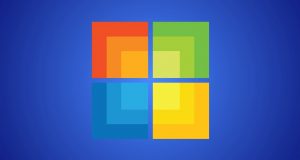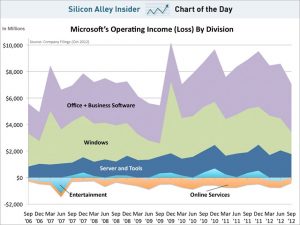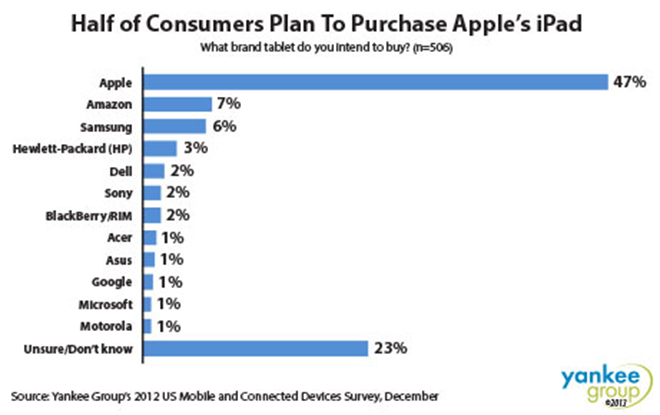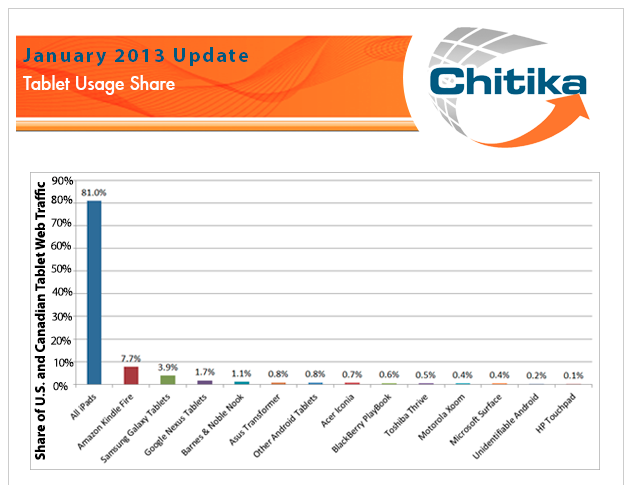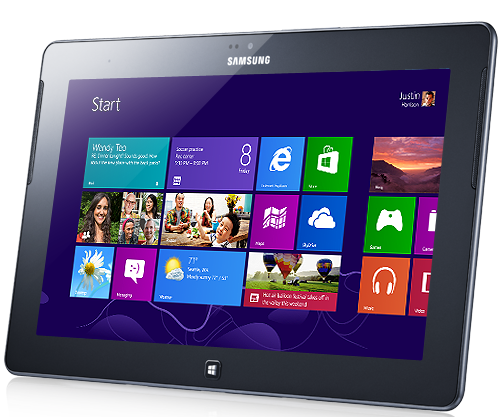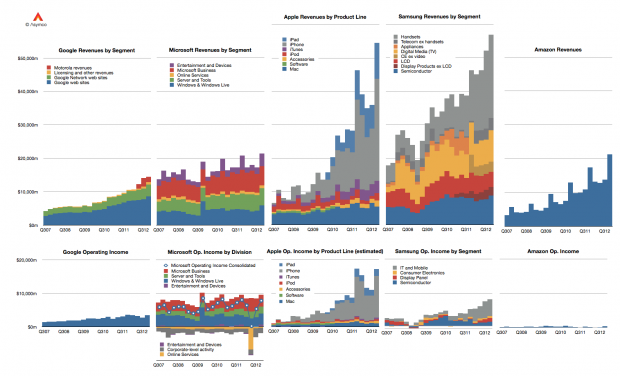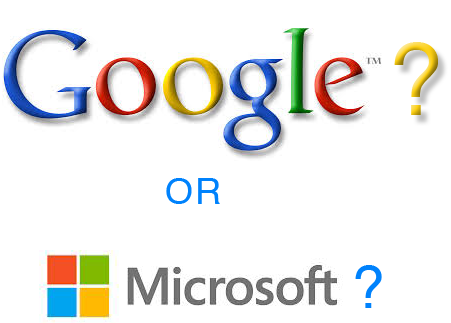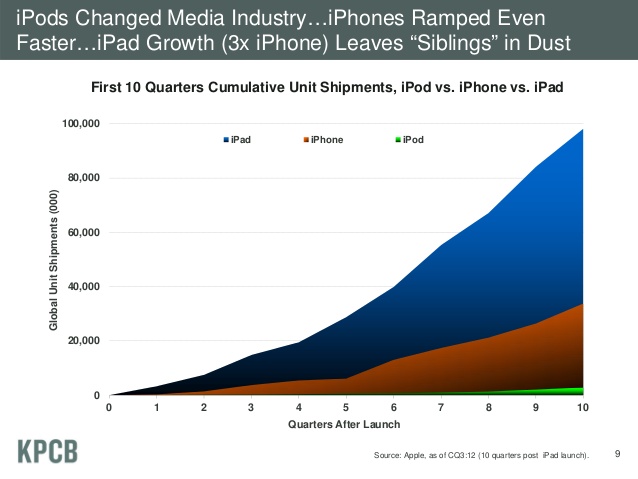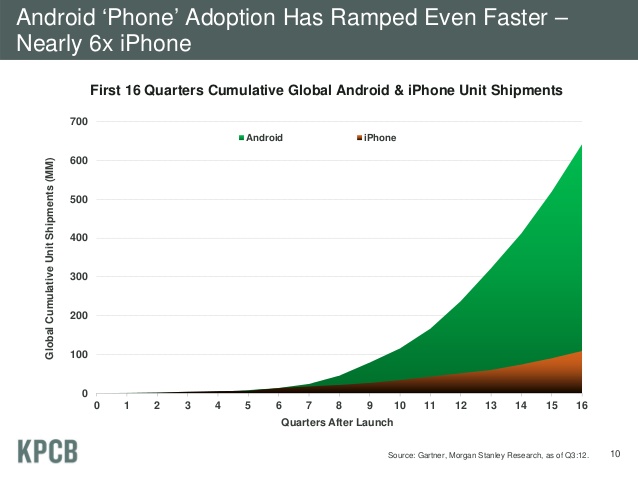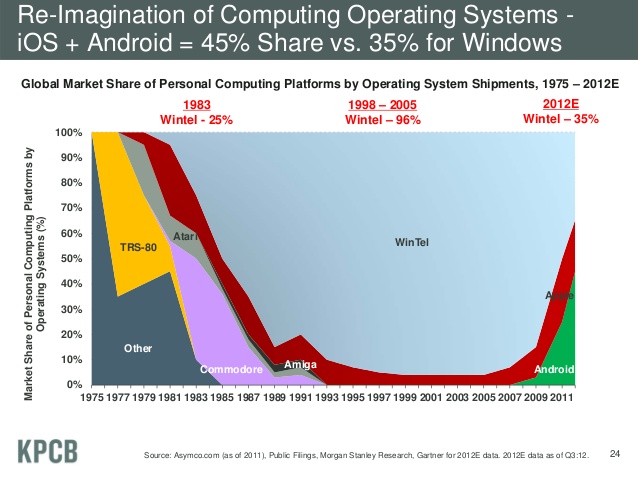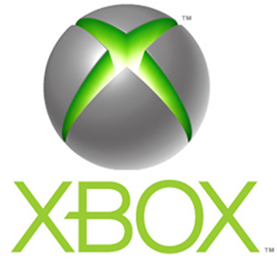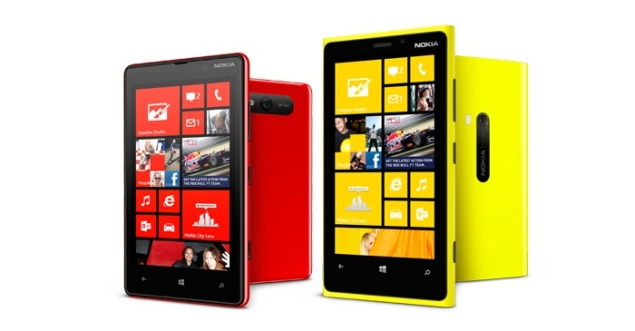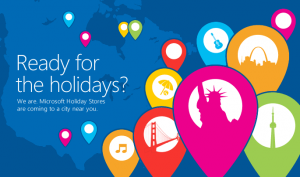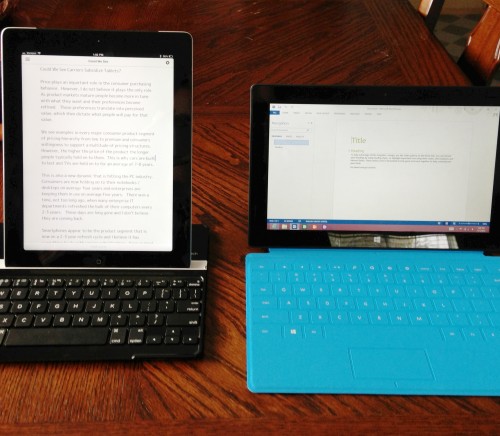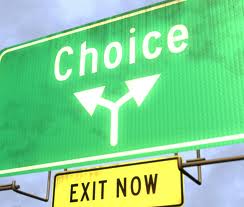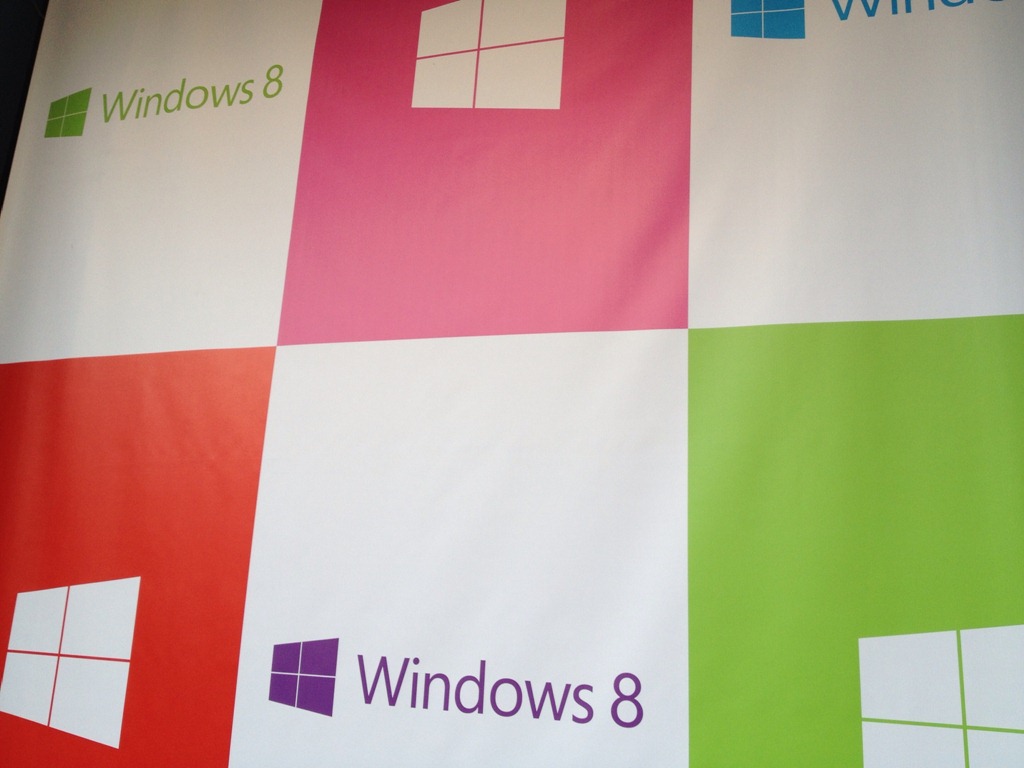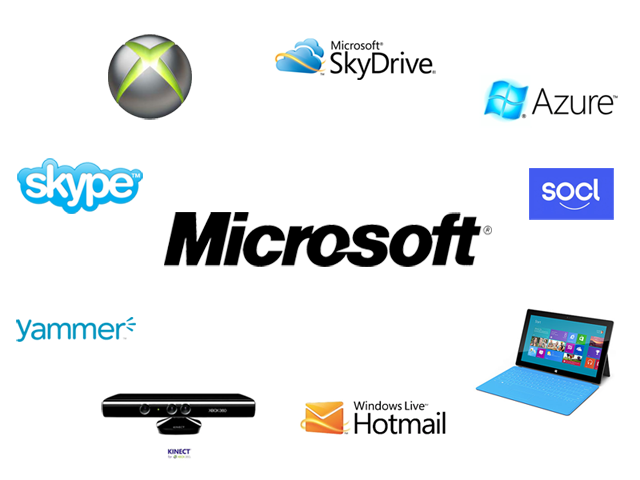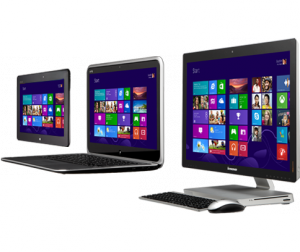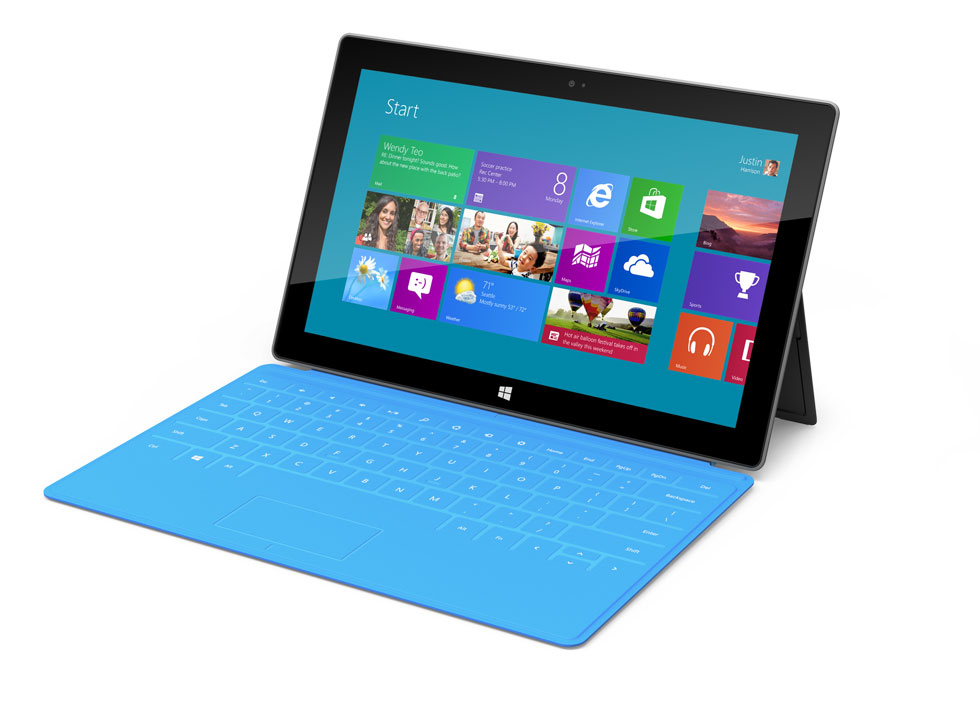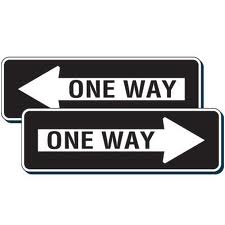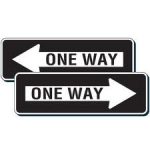 A few weeks back I was one of the first to write about Windows Blue and in this column I discussed how Windows Blue could be used on tablets in the 7” to 10” range as well as in clamshell’s up to 11.6 inches.
A few weeks back I was one of the first to write about Windows Blue and in this column I discussed how Windows Blue could be used on tablets in the 7” to 10” range as well as in clamshell’s up to 11.6 inches.
We are now hearing that this particular version of Windows Blue will be priced aggressively to OEMs and could go to them for about $30 compared to the $75-$125 OEMs pay for Windows 8 on mainstream PCs.
But to use this low cost version of Windows Blue, we understand there are some important caveats that go with it. For this pricing, it can only be used on Intel’s Atom or AMD’s low-voltage processors. These chips were designed especially for use in tablets and as I pointed out in the article I mentioned above, this would give Microsoft a real opportunity to get Windows 8 tablets into the market that could go head-to-head with Apple’s iPad Mini and most mid level 7”-8” Android tablets as well.
Netbook 2.0?
As for clamshells, they too need to use these processors from Intel and AMD to get this pricing for Windows 8 (Blue). What’s interesting about these clamshells is that we understand that they will be fully touched based laptops with very aggressive pricing. In some ways, these clamshells with these lower end processors could be looked at as Netbook 2.0, but for all intent and purposes, these will be full Windows 8 touch laptops only with processors that are not as powerful as the ones using Intel’s core i3, i5 or i7 chips or similar ones from AMD. They will also be thin and light and could easily be categorized as Ultrabooks as well.
Windows 8 Blue is one way to get Windows 8 into more products and make it the defacto Windows OS standard across all types of devices, especially the 7” to 8” tablet segment that we predict will be as much as 65% of all tablets sold by 2014. We also hear that Windows Blue RT version will also take aim at 7”-8” tablets, which means that the ARM camp will have a play in this market as well. However, its use in an x86 clamshell could have a dramatic impact on the laptop market and have unintended consequences for OEMs and chip companies as well.
The ramifications could come from a major trend in which tablets are becoming the primary digital tool for most users. The smaller tablets are used more for consumption but the 10” versions can handle both consumption and productivity in many cases. This translates into the fact that tablets are now handling about 80% of the tasks people use to do on a laptop or PC. That means that traditional laptops or PCs now only handle only 20% of the needs of these users, which are mostly used now for media management, handling personal finances, writing long documents or long emails.
New Price Segments
When we ask consumers that have tablets about their future laptop or PC purchases we are told that for many, if the laptop is only used for 20% of their digital needs, then they will either keep what they have longer or if they do buy a new laptop or PC, it will be a relatively cheap one. Consumers, who are not interested in Macs, tell us that the top amount they want to spend on these products is $599. This suggests two key things for the PC industry that could be quite disruptive. The first is that there would be a bifurcation of the laptop and PC market into distinct sectors. One focused on the consumer where all PC products have to be under $599. The other is what we call the premium market for laptops and PCs which are willing to pay $999-$1499 for their computing tools because of more advanced computing needs. This premium segment is mostly tied to enterprise and the upper end of the SMB market. In fact, the price for PC products in this upper premium price range has proven to be quite resilient.
The second key thing means that the mid level priced laptops and PCs could end up in a no mans’ land. PC products in the $699-$899 could take a pretty big hit while demand for products $599 and under could skyrocket. We believe that this trend would usher in an era we call “Good Enough” computing; a term we became intimately acquainted with during the first Netbook phase. To some degree, the robust sales of Chromebooks already suggest this era has already started. But it would pick up if users could get full touch-based clamshells that look like Ultrabooks and are priced well under $599. We are actually hearing that when these come out in time for back to school they will be priced from $499-$549 and the target price would be to get them around $399 by early next year.
At Creative Strategies we are in the early stages of analyzing the potential impact of these Windows Blue low-cost clamshells but our early take is that they could be huge hits and have a serious impact on demand for laptops or PCs in the mid range, which has been a very important segment for the OEMs and CPU companies in the past. If this happens, the OEMs would need to bulk up on their premium products since these have solid margins and actually bring them significant profit. It also means they need to be creative and innovative in products under $599 and find ways to squeeze profit out of these types of laptops as well.
This does not mean that OEMs will stop offering value notebooks that are bulkier and in some cases use processors more powerful then Atom or low-volt chip from AMD. However, if their Netbook 2.0 like clamshells are thin, light and touch enabled, it could even cause demand for these low end bulkier laptops to dry up too. It will be very important to watch the development of this market over the next 6 months. If our assessment is correct, we could see a rather significant bifurcation of the PC market this fall, something that could have a real impact on all the players in the PC world.
